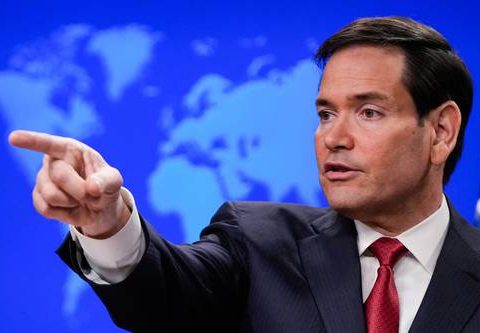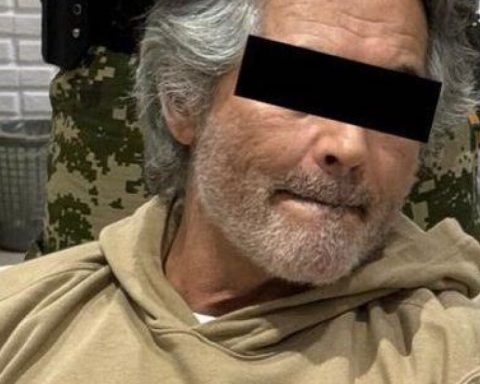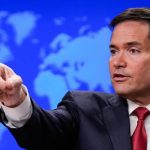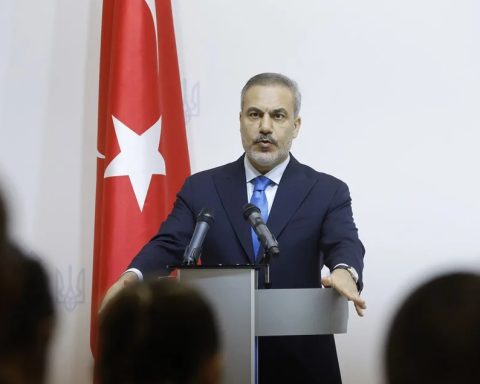AND
n the 1980s it ratified the inexorable connection of the National Autonomous University of Mexico (UNAM) in the national political context. This, which may be obvious to connoisseurs, is a fact that allows a clear interpretation of what happened then. The rise of a political group –headed by President Miguel de la Madrid– characterized by its technocratic spirit and its narrow view of the complex problems of the country, would find a correlate in the university institution, which would have to face severe crises throughout of those years. Thus, during the first part of that decade, the highest institutional responsibility fell to Dr. Octavio Rivero Serrano (1981-84), who took charge of the university rectory.
Under the scenario of an acute financial crisis, in the face of the drop in oil prices and the constant deterioration of social welfare, De la Madrid assumed a government strategy in which, above political and social criteria, economic rationality and the health of public finances. Such trends – anchored in the incipient framework of economic neoliberalism – would have serious effects on broad layers of the population. In addition to the foregoing, in 1984 national insecurity was crowned with the assassination of journalist Manuel Buendía, an act that deeply damaged confidence in a regime that he had proposed, in addition to a Egalitarian society
, the moral renewal
, the comprehensive democratization
and the democratic planning
of the country (National Development Plan, 1983-88).
Based on the rhetoric of the educational revolution and marking an incipient emphasis in favor of quality, a discourse associated with efficiency and productivity was imposed that, in reality, supported an economic policy of adjustments and restrictions. The economic policy had devastating effects on education and in a forceful way on higher education. From the financing and growth strategy of the previous decade, a policy of reduction and austerity
of university budgets and an enrollment containment strategy. The establishment of salary caps and the increase in inflation had a negative impact on income levels, resulting in the precariousness of academic and administrative work in universities, as well as the consequent rise in union mobilization in said institutions.
The line between national policy and the strategies defined at the National University was clearly established from the National Development Plan PND (1983), the National Program for Education, Culture, Recreation and Sports (Pnecryd, 1984), as well as the Comprehensive Program for the Development of Higher Education (Proides, 1985). Thus, the main points of the PND indicated the need to rationalize
the mass university and to promote a more balanced growth
this. The document pointed out the meaning that, beyond their autonomy
, the universities had a responsibility to the nation. The economic reason and the importance of charging fees to the student body were made present in the explicit declaration that the beneficiaries reintegrate severally part of its cost
and noting that the financing will be granted considering not only the size of the school population, but the efforts made in favor of quality and efficiency
.
In turn, the Pnecryd appealed to the apparent contradiction between an ascending enrollment against a descending quality, materialized in a low terminal efficiency
, acute high school problems, messy postgraduate studies and little link between research and teaching. Finally, the Proides recommended, among other issues, the improving the quality of education
through mechanisms such as the gradual elimination of the automatic pass and the establishment of admission limits by races
.
Although such documents were assumed institutionally in a relative way, during the Rector Rivero’s period, a university reform scheme was developed that returned to the administrative spirit of the government proposal. Criticism would also focus on the limited nature of the consultations and their technical and organizational orientation, rather than on a true academic proposal. This exercise seemed to respond largely to the indications –and perhaps to the pressures– of the federal government and failed to generate interest in the university community. In the following management, headed by the rector Carpizo, the different university forces would be expressed in all their magnitude, which would be inexorably linked to the national problem.
* Researcher of the Research Institute on the University and Education of the UNAM















